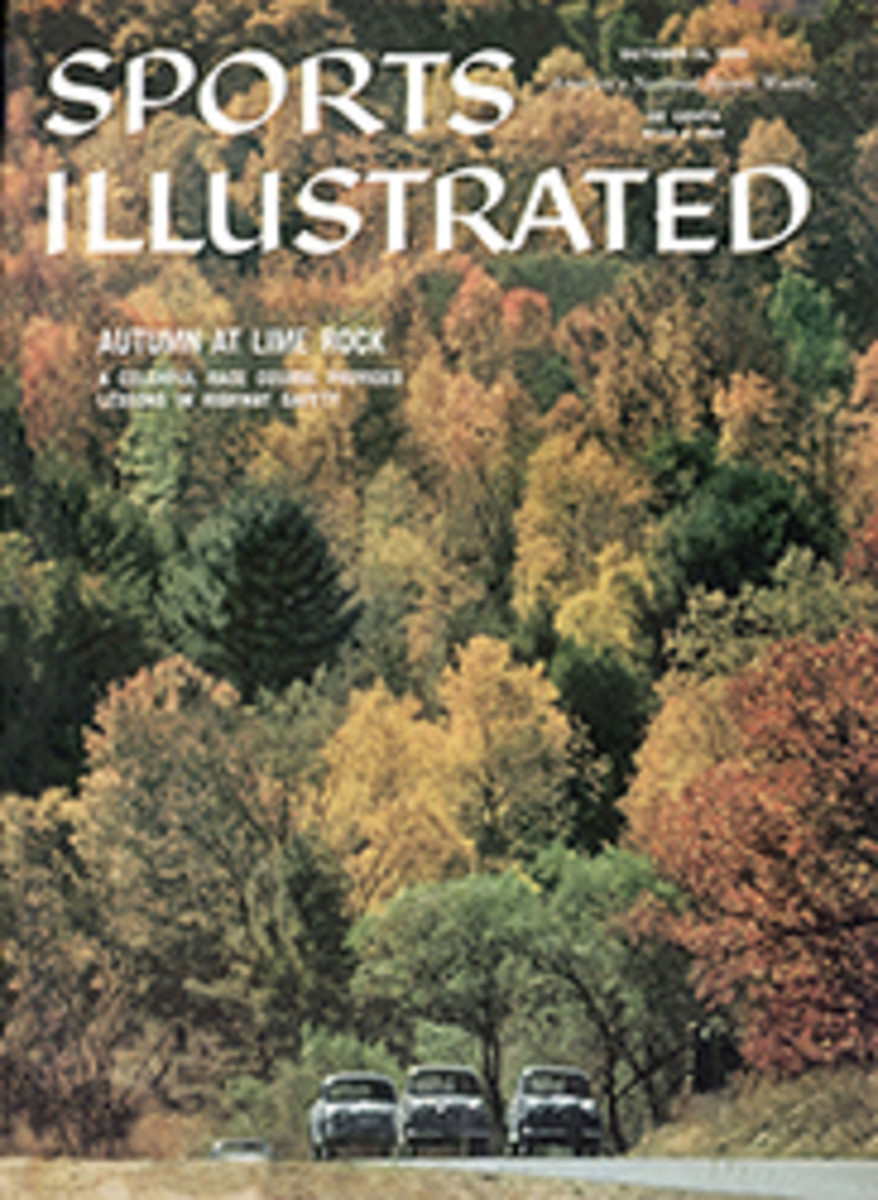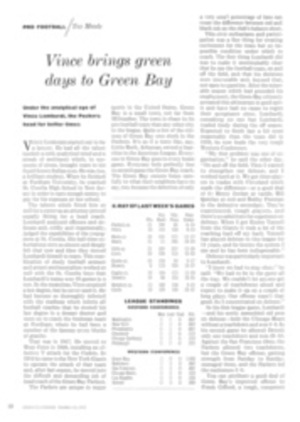
The comeback of the American antelope
Poised for flight, rigid with curiosity, the animal pictured at the left, an American antelope, stands like a statue to the cause of conservation. In the middle 1800s this country boasted herds of antelope numbering in the millions. The sight of their white rumps speeding over the prairie prompted Horace Greeley to describe them, in contrast to the ungainly herds of buffalo, as the "only animals I have seen here that may justly boast of either grace or beauty." Truly a landmark of the age, they dwindled tragically to near extinction by 1924, the once-great abundance shrinking to a few isolated groups, numbering around 26,000 head.
The fact that there are antelope herds throughout the West today is the result of the work of many individuals. Credit must go first to the conservation departments of the antelope states, whose sweeping protective laws at the critical moment saved the remnants of the species. Groups of sportsmen and conservationists who saw the value of the antelope as a purely western animal carried the work thus begun even further. Antelope fawns, the easy and helpless prey of bobcats and coyotes, were given a greater chance to reach maturity by predator-control campaigns sponsored by the Bureau of Biological Survey.
The most difficult problem in saving the antelope, aside from hunting and predator inroads, was the growing lack of range food due to the steady encroachment of domestic livestock. The antelope needed range land of their own, free of competition. In 1931 private individuals working in cooperation with the Federal Government made the beginning steps toward this end possible.
Strenuous efforts on the part of the Boone and Crockett Club as well as the National Association of Audubon Societies culminated in the signing of an Executive Order on January 26, 1931, creating the Charles Sheldon Antelope Refuge, a remote tract of 34,000 acres, which included spring and summer ranges of Nevada herds. Named in memory of the late Charles Sheldon, one of the great sportsmen-naturalists of our time, its acquisition was followed in 1936 by the far larger (547,000 acres) Charles Sheldon Antelope Range and the 222,000-acre Hart Mountain Refuge just over the Oregon boundary. The combination of the three gave the herds all they required to grow and prosper.
Fossil remains have proved that the antelope is truly American in ancestry. Unusual in many respects, the native species are small in relation to other horned ruminants, averaging 92 pounds in the does and 114 in the bucks, but they possess physical characteristics which set them above many. Antelope have been clocked by observers up to 60 miles per hour. Their horns shed their outer covering each year rather than dropping them off entirely as do other horned animals. Their heart is fully twice the size of a sheep of the same weight, contributing to their phenomenal speed and endurance.
Today, the herds of the West have increased to the point where once again they can be hunted, though on a permit-only basis. Their white rumps flashing over the prairie are almost as familiar a sight to us as to our forefathers. Even more important, the antelope is a living testimonial to modern-day conservation.
PHOTO
DAVID GOODNOW

